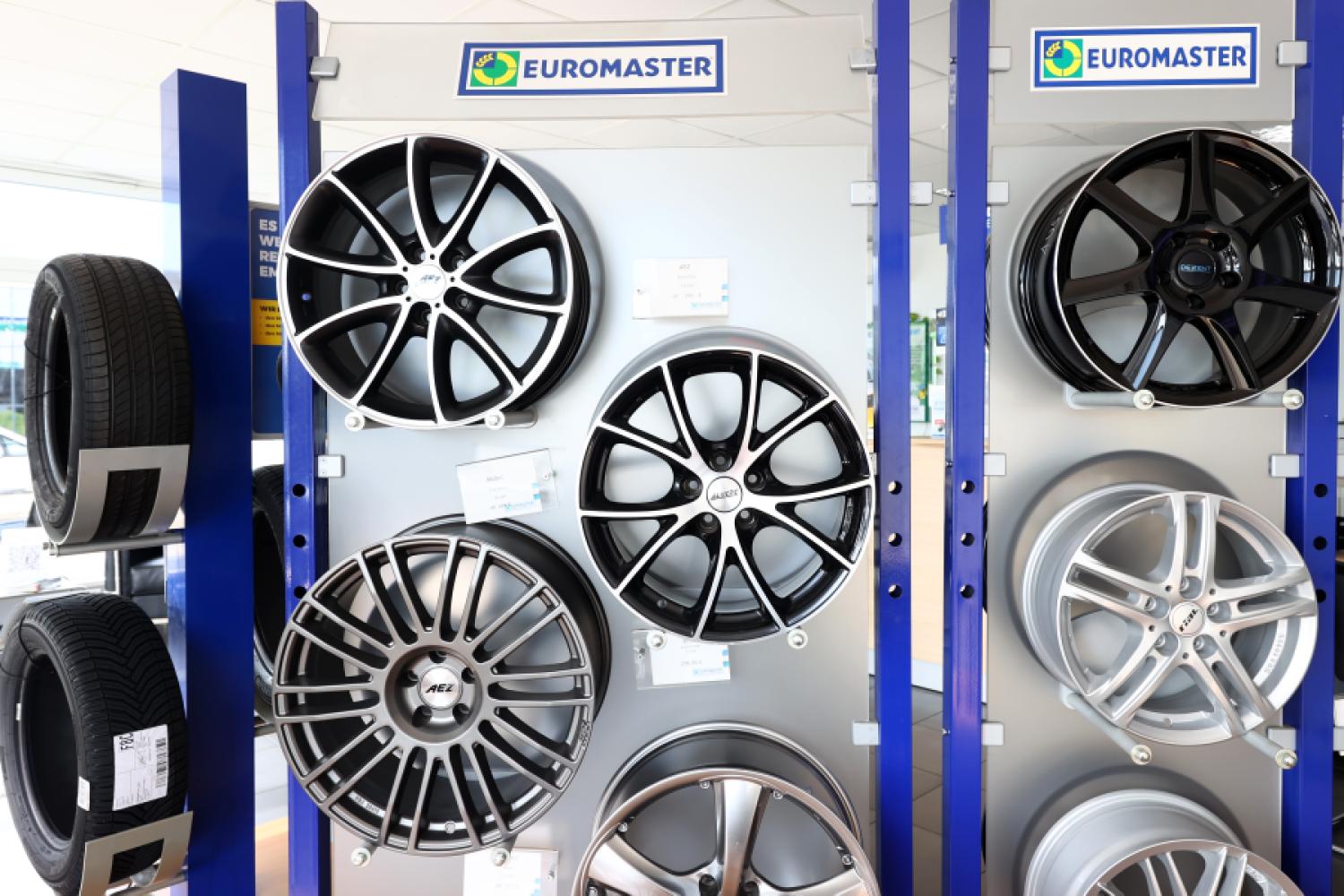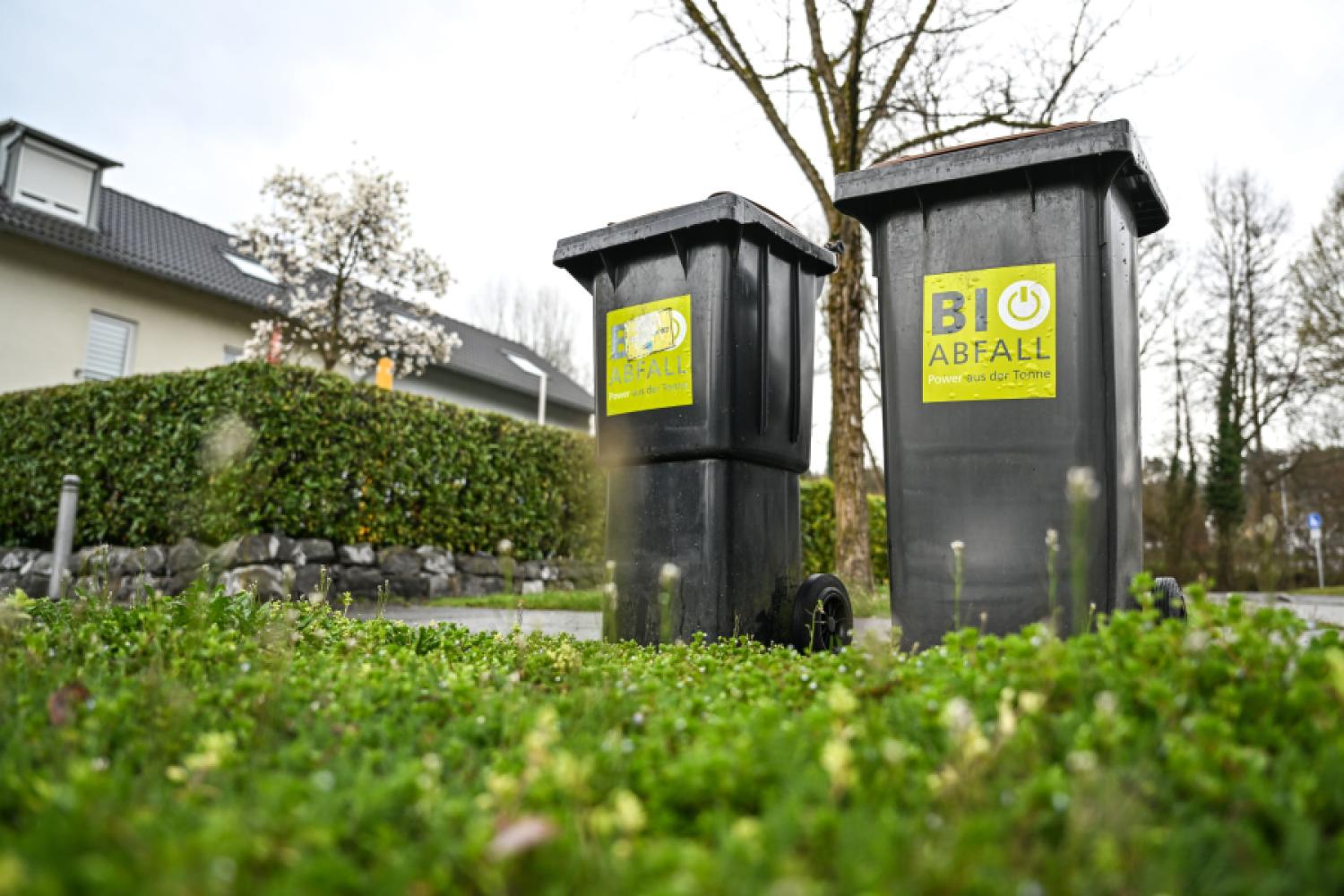Total sales from online goods sales in the first six months rose (not adjusted for inflation) by 3.5 percent compared to the same half of the previous year, reaching 39.84 billion euros. This was announced by the German E-Commerce and Distance Selling Trade Association on July 3 in a press release. Contributing to the increase was a faster sales growth in the second quarter, now at 3.8 percent after a 3.2 percent increase at the beginning of the year. Digital services were able to increase slightly more than the trade in goods, with a plus of 4.4 percent to 3.9 billion euros. This includes, among other things, travel bookings and ticket purchases.
“Germans' shopping mood is slowly but steadily returning. This primarily benefits online retail, which reaches people best in their digital everyday life via social media, apps,
and AI,” explains Martin Groß-Albenhausen, Deputy CEO of the bevh, regarding the upward trend.
AI solutions such as “ChatGPT” are increasingly being used in the shopping process. 19.3 percent completely or largely agree that they have already asked AI applications for product recommendations. However, these new information agents are often only included supplementarily in the decision-making process. A majority of respondents would, under no circumstances or only very unlikely, follow a recommendation of the AI without having first sought alternatives themselves.
The clothing goods cluster is experiencing a boom
The clothing cluster saw the most growth in the second quarter (+ 5.2 percent), especially shoes (+ 7.6 percent). However, the strongest single category was home textiles, which grew by a full 10.5 percent in the spring months. Online pharmacies were able to generate 7.2 percent more revenue with
drugs in the second quarter following the digitalization booster “e-prescription.” In contrast, revenues in the categories of car and motorcycle accessories (minus six percent), electronics & telecommunications (minus 3.7 percent), and books, e-books, and audiobooks (minus 2.2 percent) fell significantly.
The new market growth is reaching retailers very differently. Online marketplaces were able to increase strongly again (+ 5.9 percent), closely followed by manufacturer offers (D2C sales increased by 5.6 percent). Retailers with their own online shops improved by 2.7 percent after poor previous quarters. However, there is no end to the consumption crisis for the online channels of multichannel retailers. They achieved 2.8 percent less online sales than in the previous year's quarter.
“After five consecutive quarters of growth, we can say: E-commerce has returned to growth. However, the market continues to concentrate and not all retailers
are participating in the positive trend,” Martin Groß-Albenhausen notes. “Competition has become tougher. Customers remain price-sensitive and are willing to trust cheaper providers from third countries.”
The share of large Asian platforms (Temu, Shein, and AliExpress) in all orders increased from 5.5 percent in the second quarter of 2024 to 6.4 percent now. In individual categories, they even achieve significantly higher order shares: In the fashion segment, 14.1 percent of all orders were placed with these providers, and with fashion jewelry even more than 28 percent.
Asian platforms responsible for a third of sales
For Asian platforms, a cumulative sales growth of more than 37 percent to almost one billion euros would result across all product groups from April 1 to June 30, 2025. Accordingly, about a third of the total growth in e-commerce was attributable to the






